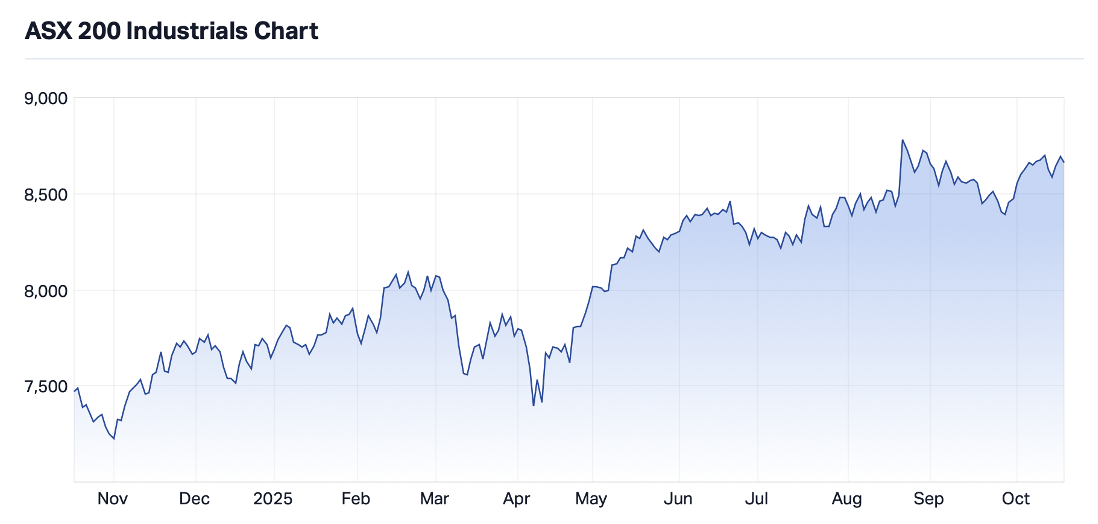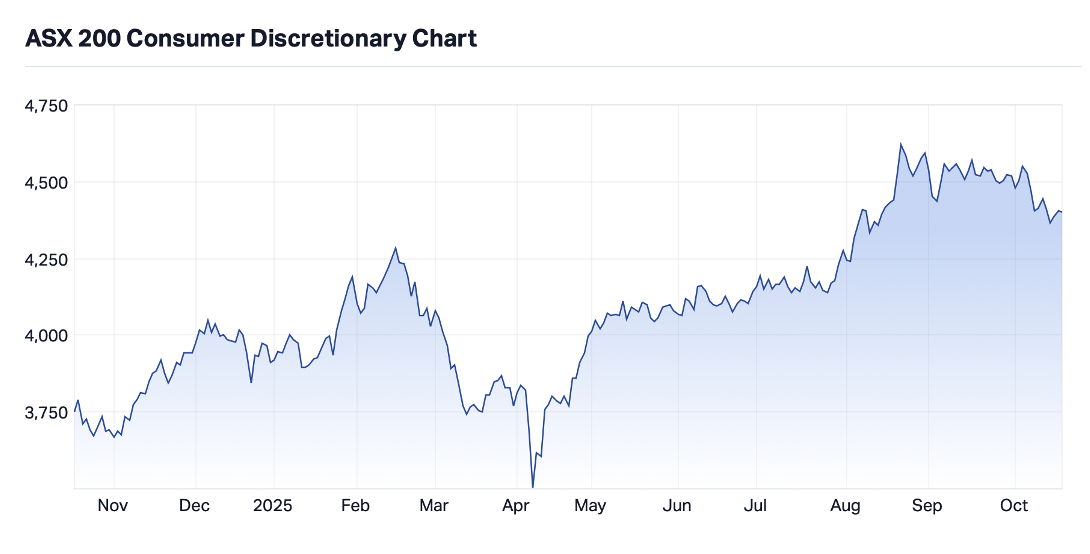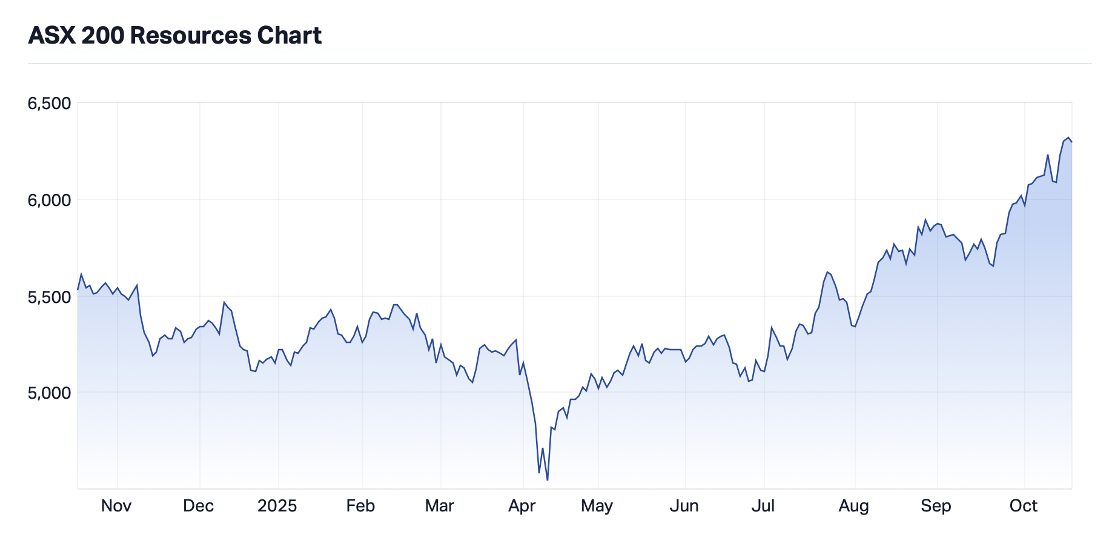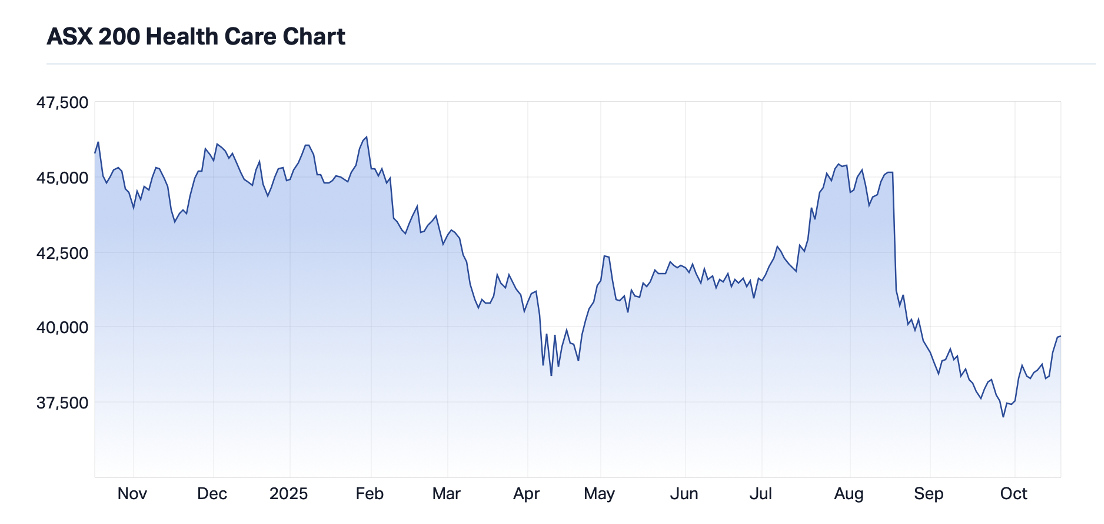Morgans' preferred ASX sectors
August was the toughest reporting season we’ve seen for several years.
Positive surprises were more elusive than usual, particularly among large caps. Earnings forecasts for both 2026 and 2027 also eroded slightly more than we’ve seen in recent history.
Yet, the market rallied as valuation multiples expanded.
For those stocks that disappointed, however, the treatment was brutal. Large caps, in particular, took record share price hits even where some results simply underwhelmed rather than missed expectations.
It was a reminder that investors need to be disciplined with stock selection. The contrast between winners and losers is getting wider and investors cannot afford to stay passive.
With compressed yields and elevated valuations, we believe that the return profile remains challenged in the short term.
Our strategy at Morgans favours a tilt toward superior risk/return opportunities among small and mid-cap stocks and quality cyclicals, while reducing exposure to expensive defensives, including banks and telecommunication companies.
Below are our preferred sectors of the ASX.
Industrials
Australia’s macroeconomic backdrop has been buoyed by multiple interest rate cuts from the RBA since early 2025. This has sparked early signs of recovery in consumer sentiment.

Encouragingly, inflation appears to be stabilising, and US tariff volatility has eased. However, geopolitical uncertainty remains, with ongoing conflicts in Ukraine and the Middle East potentially triggering further market volatility despite recent calm.
In the industrials sector, we continue to favour high-quality companies led by experienced management teams with a strong track record of investing for growth and managing costs. Businesses with compelling value propositions and healthy balance sheets are well-positioned to seize opportunities as market conditions improve.
Consumer discretionary
Key survey, as well as results we saw during reporting season, showed that consumer confidence has recovered from record lows, with the outlook now trending upwards.

Most retailers grew their top-line sales in FY25, with most delivering stronger second-half growth, and positive momentum continuing into FY26. This also included signs of improvement in Victoria and New Zealand, which had previously lagged other markets.
Elevated promotional intensity has generally weighed on margins. However, those who achieved gross margin improvement did so through targeted strategies such as superior negotiations, supply chain initiatives, product mix and disciplined pricing.
Overall, conditions look supportive of a sustained recovery in consumer confidence and discretionary expenditure. Consumer sentiment has improved, unemployment remains low and the prospect of further rate cuts and easing cost of living pressures will be positive for household budgets. This should collectively drive earnings and share prices, particularly for businesses with strong market positions and growth prospects.
Resources and energy
Resources have regained momentum and is beginning to show early signs of improving demand, though we feel the outlook remains finely balanced.

China remains the key demand driver, and while its property and manufacturing sectors continue to face structural headwinds, recent signs of stabilisation have eased investor concerns.
On the supply side, conditions remain supportive for commodity prices.
Copper continues to benefit from a tightening structural backdrop, with grid and renewable expansions adding to long-term demand momentum. Energy markets, while volatile, remain underpinned by OPEC production restraint and short-term supply outages. Gold has been well supported by central bank buying and uncertainty, favourable conditions to reach new highs. Producers are still exercising capital discipline, prioritising cash flow and balance sheet strength over growth.
With supply tightness entrenched and demand indicators showing a tentative improvement, we see the foundations of an improving equities outlook. Investors are beginning to rotate back into resource equities, with a strong focus on gold and copper, seeking exposure to the sector’s long-term thematic tailwinds.
Healthcare
The healthcare sector continues to lag the broader market, further weakening during the last quarter. August results provided limited relief due to headwinds from US tariffs and regulatory uncertainty.

However, several positive themes are emerging. These include a renewed focus on cost control and operational efficiency, continued investment in research and development as well as selective international expansion. An increased level in IPO activity also appears to suggest that investor confidence is growing and will continue to be assisted if interest rates are lowered further.
Many healthcare stocks are trading at multi-year lows, presenting attractive entry points for long-term investors and structural drivers, built around an ageing population, remain firmly intact. There are risks, however, which continue to weigh on the healthcare sector, particularly around drug pricing and regulatory timelines.
While near-term sentiment remains cautious, improving fundamentals and long-term tailwinds suggest the sector is poised for recovery in the second half of FY26.
This commentary is an extract of the Morgans Spring 2025: Equity sector strategies report.
4 topics

